The Kathmandu Valley Rim Trek to Chisapani and Nagarkot presents a unique blend of natural beauty and culture. With its five-day itinerary, trekkers embark on a journey that starts with a drive to Sundarijal and weaves through the serene Shivapuri National Park, leading to stunning viewpoints that showcase the region’s majestic landscapes. This trek caters to all skill levels, offering not just physical challenges but also opportunities to engage with local traditions. As the sun rises and sets over the horizon, one can’t help but wonder what other surprises await along this captivating trail.
Key Points
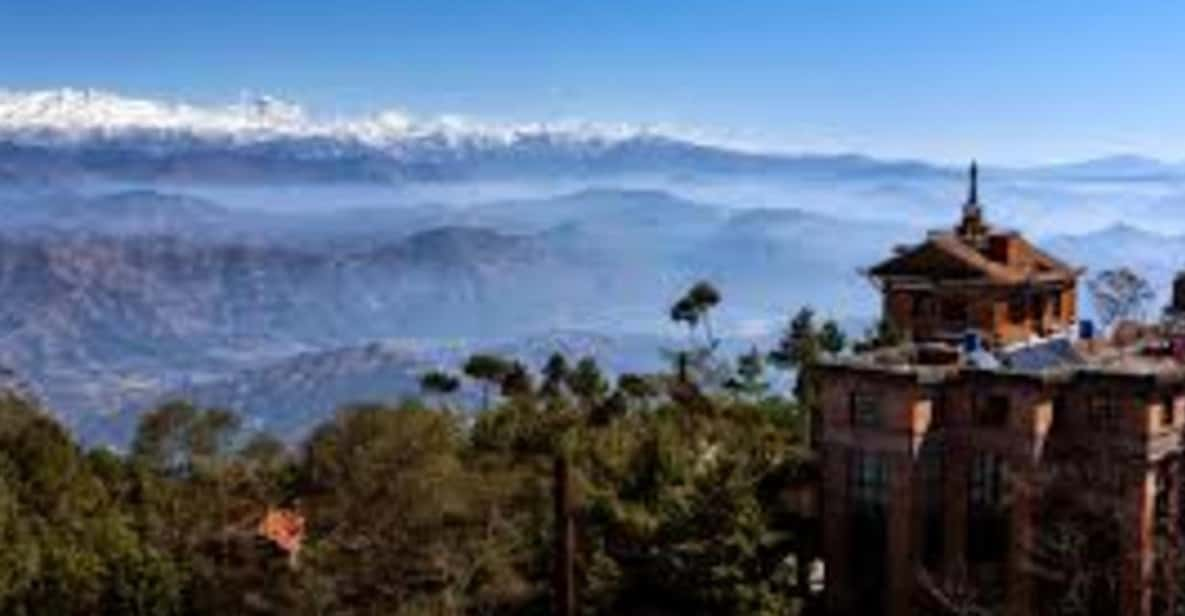
- The Kathmandu Valley Rim Trek includes stunning views of peaks like Everest and Annapurna, showcasing the region’s natural beauty.
- The trek starts with a drive to Sundarijal, followed by a scenic hike through Shivapuri National Park to Chisapani.
- From Chisapani, trekkers continue to Nagarkot, famous for its breathtaking sunrises and sunsets at an altitude of 2,170 meters.
- Key cultural experiences include visiting the Namobuddha monastery and exploring Bhaktapur Durbar Square during the trek.
- The trek is designed for all skill levels, making it accessible for both beginners and seasoned trekkers.
It's also worth checking out some other tours and experiences nearby.
Trek Overview and Highlights

The Kathmandu Valley Rim Trek offers an unforgettable 5-day adventure, showcasing the stunning natural and cultural beauty of the region while providing breathtaking views of the Himalayas, including iconic peaks like Everest and Annapurna.
Travelers will begin their journey with a scenic drive to Sundarijal, followed by a trek through Shivapuri National Park. Along the way, they’ll experience the charm of local teahouses, enjoy home-cooked meals, and enjoy the rich culture of the area.
Highlights include visiting the Namobuddha monastery and witnessing the magnificent sunrises and sunsets in Nagarkot.
This trek caters to various skill levels, making it an accessible choice for both seasoned trekkers and beginners eager to explore Nepal’s natural wonders.
Detailed Itinerary
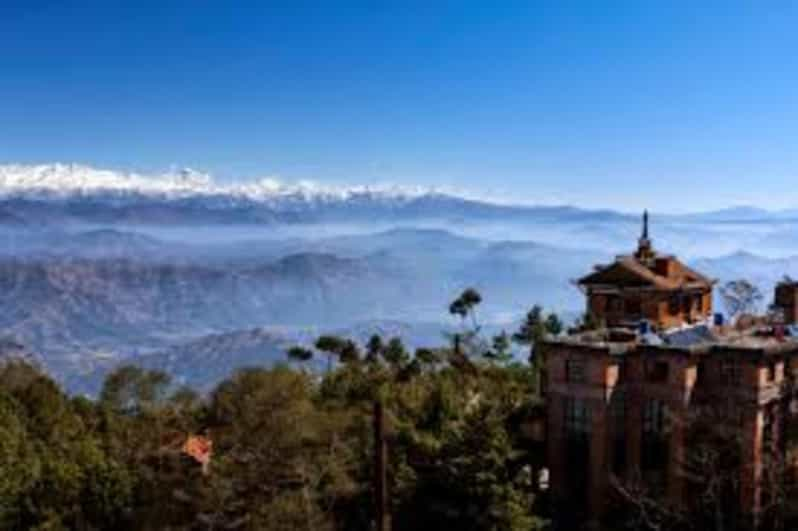
Embarking on the Kathmandu Valley Rim Trek, travelers can look forward to an exciting 5-day itinerary filled with scenic drives, breathtaking hikes, and cultural experiences.
On Day 1, they’ll arrive at Tribhuvan International Airport and transfer to their hotel.
Day 2 starts with a drive to Sundarijal, followed by a trek to Chisapani through Shivapuri National Park, where they’ll spend the night.
Day 3 features a trek from Chisapani to Nagarkot, famous for its stunning sunrise and sunset views.
On Day 4, they’ll rise early for the sunrise, trek down to Bhaktapur Durbar Square, and return to Kathmandu.
Inclusions and Exclusions
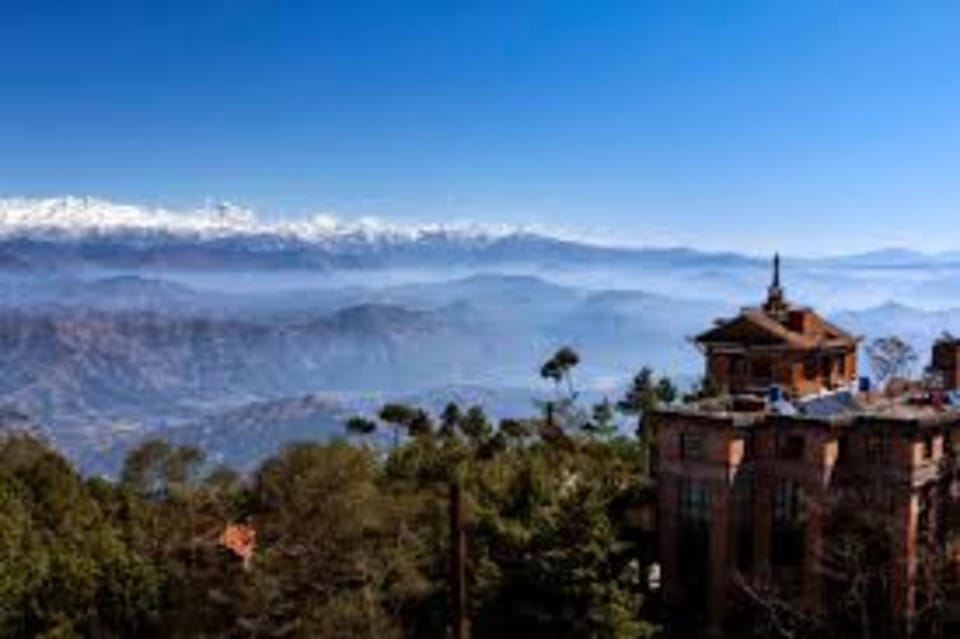
What’s included in the Kathmandu Valley Rim Trek package ensures a seamless and enjoyable experience for travelers, featuring essential amenities and services. Participants can expect the following inclusions:
-
Hotel pickup and drop-off
-
2 nights accommodation during trekking
-
Meals during trekking (breakfast only)
-
Ground transportation, permits, and taxes
-
Professional English-speaking guide and first-aid kit
While the package covers many essentials, it’s important to note the exclusions.
Travelers should prepare for their own lunch and dinner, drinks, personal expenses, travel insurance, and tips for their guide and porter.
Understanding these details helps trekkers plan accordingly and enjoy their adventure without any surprises.
Essential Packing List
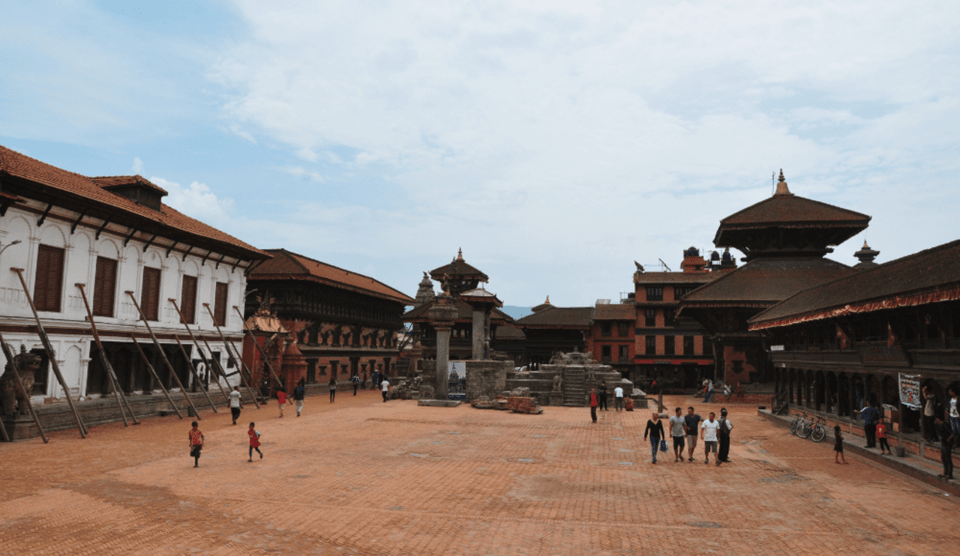
Packing for the Kathmandu Valley Rim Trek requires careful consideration to ensure trekkers are well-prepared for the adventure ahead.
First, comfortable shoes and warm clothing are essential, as temperatures can vary. A windbreaker, sunglasses, and a hat will protect against the elements, while a change of clothes and towel keep trekkers fresh.
It’s wise to pack sandals for relaxing at teahouses. Don’t forget a reusable water bottle to stay hydrated, rain gear for unexpected showers, and personal toiletries.
Trekkers should also bring their passport, cash, personal medications, and a passport-sized photo.
Finally, adding a first-aid kit and trekking gear will enhance safety and comfort throughout the journey.
Being well-prepared makes all the difference on this trek!
Trekking Preparation Tips
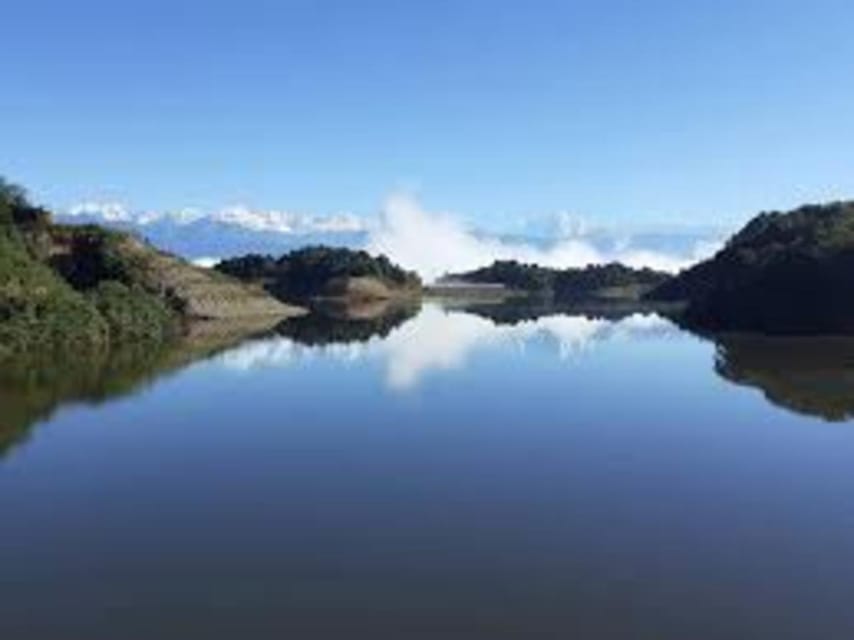
Preparing for the Kathmandu Valley Rim Trek involves understanding the terrain and climate to ensure an enjoyable and safe experience. Trekking in this region requires some thoughtful preparation to handle the unique challenges it presents.
Here are a few essential tips:
-
Stay Hydrated: Always carry a reusable water bottle and refill it regularly.
-
Dress in Layers: The weather can change quickly, so layering helps in temperature control.
-
Footwear Matters: Invest in comfortable, waterproof trekking shoes to navigate diverse terrains.
-
Practice Trekking: Build stamina with shorter hikes before tackling the trek.
-
Know Local Customs: Familiarize yourself with local traditions and etiquette for a respectful experience.
Best Trekking Seasons
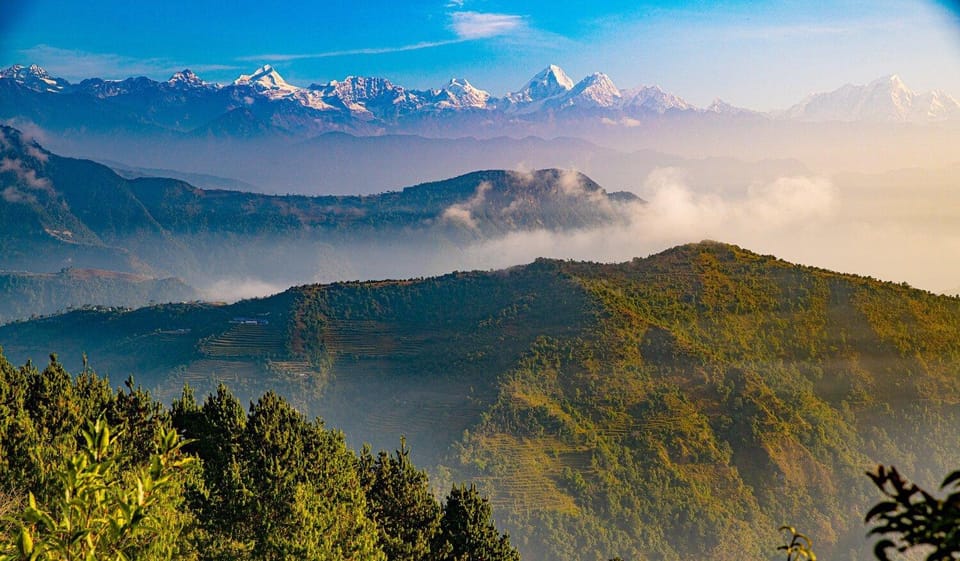
The best trekking seasons for the Kathmandu Valley Rim Trek are typically from March to May and September to December, when the weather is most favorable for exploration.
During these months, trekkers enjoy clear skies, mild temperatures, and stunning views of the surrounding mountains.
Spring, from March to May, showcases blooming flowers and lush greenery, making it particularly beautiful.
Fall, from September to December, offers crisp air and excellent visibility, perfect for capturing breathtaking sunrise and sunset moments.
While trekking is possible year-round, the monsoon season from June to August can bring heavy rains and muddy trails, making it less ideal.
Choosing the right season ensures a more enjoyable and rewarding trekking experience.
Cultural Experiences
Experiencing the rich culture of the Kathmandu Valley during the trek adds a unique layer to the adventure, as trekkers engage with local communities and savor traditional meals along the way. This interaction offers a glimpse into the vibrant traditions and lifestyles of the region.
Trekkers can expect to:
-
Share stories with friendly locals in teahouses.
-
Taste authentic Nepali dishes like dal bhat and momo.
-
Visit ancient monasteries, deepening their understanding of Buddhism.
-
Participate in local festivals, if timing allows.
-
Observe traditional crafts, from weaving to woodwork.
These cultural experiences enrich the trek, creating lasting memories and connections that go beyond the natural beauty of the Himalayas.
Health and Safety Considerations
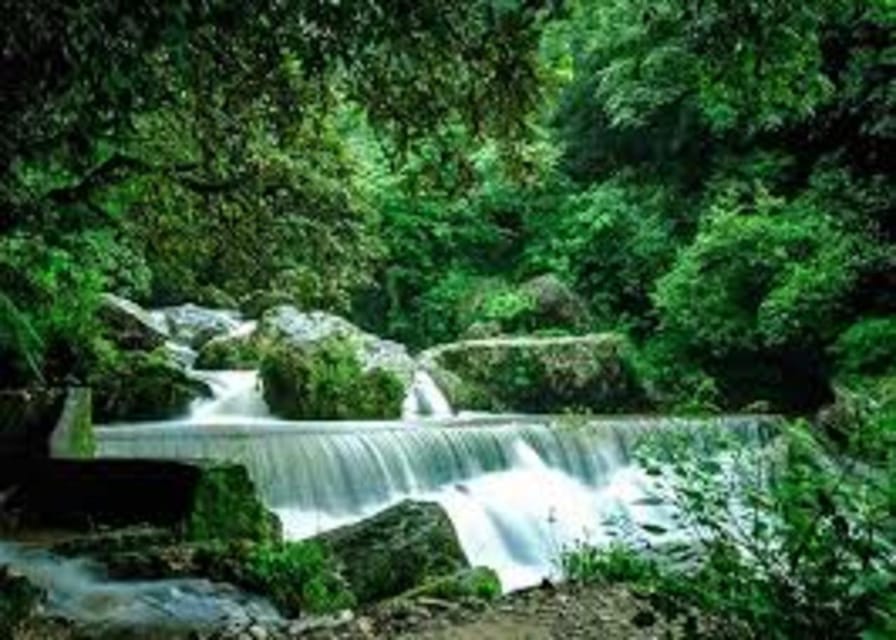
Prioritizing health and safety is essential for trekkers to fully enjoy the Kathmandu Valley Rim Trek while minimizing risks associated with altitude and physical exertion.
Trekkers should acclimatize properly to reduce the chances of altitude sickness, which can affect anyone regardless of fitness level. Staying hydrated and eating nutritious meals helps maintain energy levels.
Plus, having a first-aid kit on hand can address minor injuries or ailments. It’s wise to ensure travel insurance covers trekking activities, especially in remote areas.
Trekkers need to inform their guides of any pre-existing health conditions. Lastly, respecting local customs and environmental guidelines fosters a safe and enjoyable experience for everyone involved.
Prioritizing these health and safety considerations will enhance each trekker’s journey.
Here's a few more nearby tours and experiences we think you'll like.
Frequently Asked Questions
What Is the Best Way to Get to Tribhuvan International Airport?
To reach Tribhuvan International Airport, they can take a taxi, book a ride-sharing service, or use hotel shuttles. It’s convenient, and taxis are easily available outside the airport for travelers arriving in Kathmandu.
Are There Any Age Restrictions for Participating in the Trek?
There aren’t strict age restrictions for the trek, but participants should be in good health. Generally, it’s suitable for beginners, so younger and older trekkers can join, provided they’re physically capable.
Can I Customize the Trekking Itinerary?
Yes, travelers can customize the trekking itinerary according to their preferences. The trekking company usually accommodates requests, ensuring participants have a personalized experience while enjoying the stunning landscapes and cultural highlights the region offers.
Is There Mobile Network Coverage During the Trek?
During the trek, mobile network coverage varies. In lower areas, signal’s often strong, but it weakens in remote regions. Travelers should prepare for possible disconnections, especially while enjoying the stunning natural surroundings.
What Types of Payment Methods Are Accepted for the Trek?
For the trek, they accept various payment methods including credit cards, bank transfers, and cash. Travelers should confirm specific options with the trekking company to ensure a smooth booking process.
Not for you? Here's more of our most recent tour reviews happening neaby
- Langtang Valley Trek
- From Kathmandu: 15-day Annapurna Base Camp Yoga Trekking
- 11 Days Langtang Valley Trek
- Nepal Tour: 5 Nights 6 Days Nepal Tour: Kathmandu & Pokhara
- Nepal: 10 Days Yala Peak Summit With Langtang Valley Trek
- From Kathmandu: 12 Days Langtang & Goshaikunda Expedition
- From Kathmandu: Langtang Gosainkunda Trek
- From Kathmandu: 12 Days Annapurna Basecamp & Poon Hill Trek
- From Kathmandu : 10- Days Mardi Himal Base Camp Trek
- 9 Day Langtang and Helambu Trek
- From Kathmandu: 12 Day Langtang & Gosaikunda Trek
- Family Helambu Circuit Trek
- From Kathmandu: 15-day Annapurna Base Camp Yoga Trekking
- Kathmandu: the History of Kathmandu Valley Discovery Tour
- Everest Panorama Trek – Natures Grandeur in Every Step
Recap
The Kathmandu Valley Rim Trek to Chisapani and Nagarkot is a fantastic way to experience the beauty and culture of Nepal.
With its stunning landscapes, picturesque sunrises, and rich local traditions, trekkers of all skill levels will find something to love.
Whether you’re navigating through lush forests or enjoying the views from Nagarkot, this trek promises unforgettable memories.
So, lace up your boots and get ready for an adventure that’s sure to inspire!
